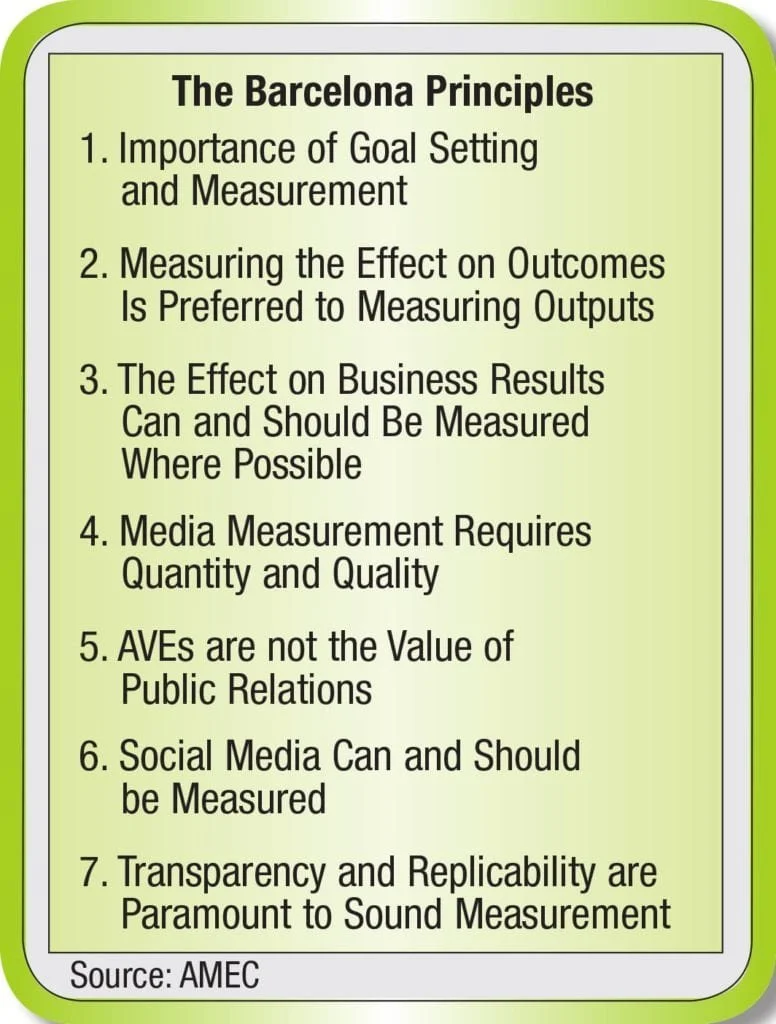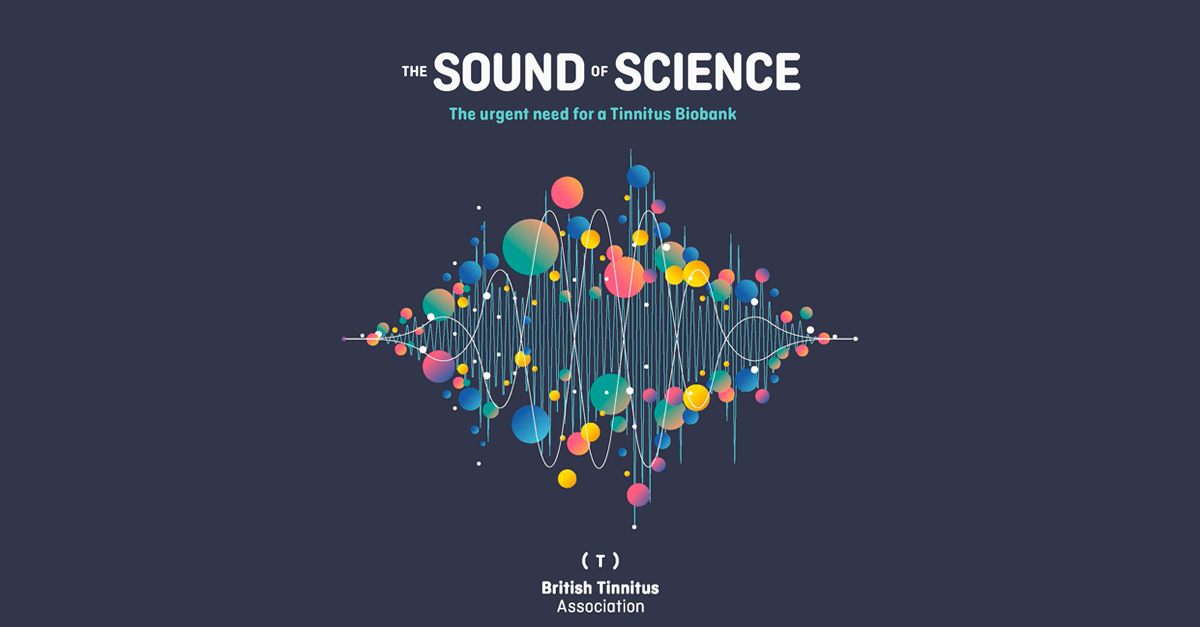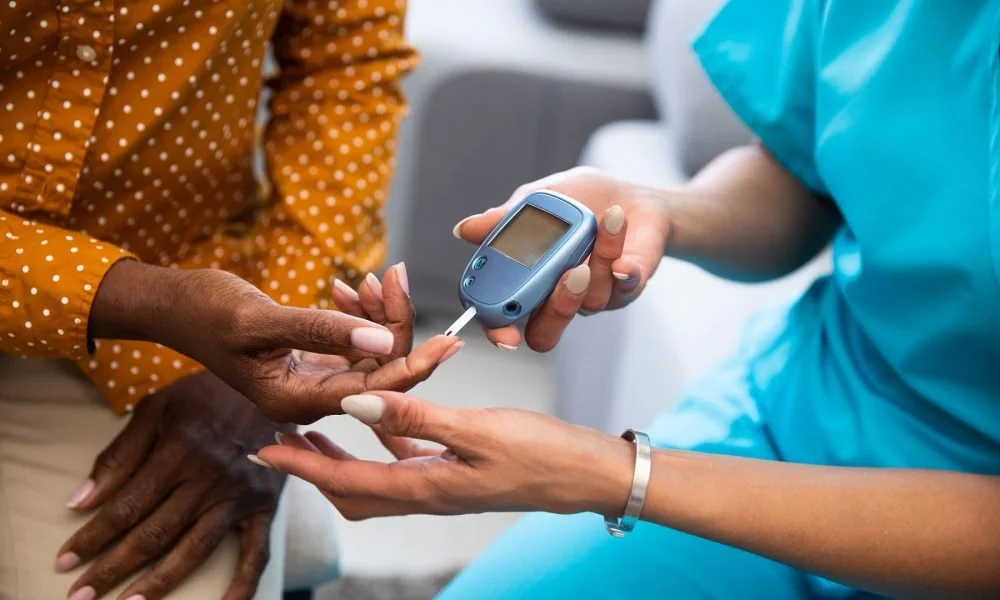A practical guide to evaluating business and health outcomes from healthcare PR
“Activity without meaningful outcomes is irrelevant,” says AMEC, the International Association for Measurement and Evaluation of Communication.
That sentiment forms the starting point for much of our thinking here at Evergreen PR, which is why we developed our MERTO Framework - to help healthcare organisations identify the ‘Most Effective Route To Outcomes’.
When it comes to evaluating healthcare PR, it’s important to focus on the outcomes and impact of our communications and not to be distracted away from that by chasing what we call ‘red herring metrics’ (like volume of press coverage, backlinks and social media engagement) which, while potentially valuable, cannot alone signify whether a campaign was successful in achieving its objective.
A great Evaluation Framework will include measures set at a number of levels and you will be able to see a clear line through inputs, outputs, outtakes and outcomes that, together, generate the intended health and organisational impacts. Crucially, these goals should be defined at the very beginning so that they can run through your campaign planning like a stick of rock - simply bolting measurement on to the end of a campaign simply isn’t enough.
Through our MERTO approach, we develop multi-layered evaluation frameworks that lead to significant outcomes. Some recent examples from the last 12-18 months are below:
645% increase in GP practices signing up for Veteran Friendly accreditation
NHS Integrated Care Boards purchasing a new clinical software
Our dedication to considering evaluation up-front ahead of any campaign planning is crucial to us achieving objectives like these for two key reasons:
It ensures a laser focus on the organisational goal
It encourages us to gather insights that enable us to unlock the right strategy i.e. the Most Effective Route To Outcomes (MERTO).
So, how can healthcare PR and communications activities be designed to achieve business and health outcomes and how can their level of impact be measured?
First, a little history…
The foundations of outcomes-focused PR measurement
It was in 2010 that several key organisations and circa 200 PR practitioners came together at the European Summit on Measurement - an event organised by AMEC and the Institute for Public Relations - to establish what became known as ‘The Barcelona Principles’, described as “a new declaration of standards and practices to guide measurement and evaluation of public relations.”
These principles, which built on models such as the PII Model of Evaluation (Cutlip et al, 1985) and the Macro Model of Evaluation (Macnamara, 1992) and are updated every five years, form the basis of AMEC’s Integrated Evaluation Framework and the Government Communications Service’s (GCS) Evaluation Framework.
These modern planning and evaluation models encourage practitioners to see a clear line through objectives, inputs, implementation and results and to recognise the different levels of impact that can be achieved through communications.
Data and insights are the foundation of strategy and evaluation
Too many communications campaigns base objectives on gut-feel rather than hard data. To set meaningful targets, we must have access to information and insights.
The AMEC Integrated Evaluation Framework
The key is understanding what constitutes meaningful data. Gather the right facts and you not only make it easy to set the right objectives, you can also get half way towards identifying the optimum strategy for achieving them - measurement and evaluation really do go hand-in-hand.
Key information could include:
Objective - for example, is the goal to generate leads, alter perceptions or change the external environment?
Wider strategic intent - what is the benefit of achieving the objective? For example, is it simply about increasing revenue, or is it something more complex, such as creating more favourable market conditions or securing a licence to operate?
Baseline - what is the current starting point?
Target change - where does the organisation wish to get to - and by when?
Audience - who are the various people that need to take action to achieve the objective (and what do you need them to do)?
Barriers/drivers - what is holding the audience/s back from taking the action/s and what might persuade them?
Past experience - what has been tried previously and what were the results? How much did it cost?
Insights like these allow us to set meaningful targets at output, outtake, outcome and impact level. There tends to be a lot of confusion about the differences between these, so I have developed a simplified description below:
Outputs = what was produced. Outputs can be measured using volume and awareness metrics like number of items, reach and impressions
Outtakes = what was the response. Outtakes can be measured using metrics such as improvements in understanding and levels of engagement with content
Outcomes = what actions were taken. Outcomes can be measured using active metrics including changes in behaviour (e.g. purchases, sign-ups) or attitudes (trust or preference)
Impact = the impact on the organisation, which could be increased revenue, new or improved strategic relationships, changes in policy or to the external environment.
Evergreen PR’s MERTO Prioritisation and Behaviour Science Framework, designed to identify the ‘Most Effective Route To Outcomes’
At Evergreen PR, we’ve put measurement and evaluation at the very heart of our offer, with the development of the MERTO Framework.
MERTO stands for ‘Most Effective Route To Outcomes’ and it is a method for ensuring that communications campaigns deliver tangible business and health impact.
The insights we gather in the planning stage to ensure we ‘truly understand the target outcome’ (see the start point on the MERTO graphic) enable us to build a clear evaluation framework and uncover the priority audiences, their priority barriers and drivers and the priority messages and activity that will trigger them to act.
Let’s imagine we are working with a health tech or med tech company that aims to get a new device into the NHS before the end of March 2024. The target outcome is to secure a sale to an NHS Trust or Integrated Care Board that will give them proof of concept and the credibility that comes with having been adopted by an NHS organisation. Having delivered this kind of work before, we can use insight and experience alongside the organisation’s own metrics to set meaningful targets for:
Outcomes like number of NHS Trusts enquiring, number of relationships with new channel partners
Outtakes such as sign-ups to an educational webinars, new newsletter subscribers, comments on a product demo, clicks through to a key website landing page and time spent there
Outputs like volume of press coverage, number of stakeholder mentions, mentions by key media titles - which may include HSJ, National Health Executive, Clinical Services Journal - reach of press articles and reach of social media content.
If the evaluation framework is well-designed, we will be able to draw a clear line through each metric to move people down the funnel towards the ultimate goal of a sale (outcome) that generates revenue (impact).
Real-life healthcare PR evaluation examples
Up until now, this post has been all about theory and so it may help to get practical.
Below are a number of recent Evergreen PR campaigns that show the priority inputs (activities) we undertook based on our MERTO strategy and how we delivered results at output, outtake and outcomes level that, ultimately, led to the organisation’s desired business and health impacts.
Tinnitus UK - Engaging Thousands to Sign-up to a Tinnitus Biobank
Priority inputs - In this integrated campaign, we combined a white paper report, animated explainer video and real life stories of both people with tinnitus and academics to bring to life what a difference a Tinnitus Biobank would make in the race to find cures
Outputs - 172 press articles, several BBC national broadcast items, estimated press views of 2.3 million people, 20,000 visits to the website and 19,000 views of an animated explainer video
Outtakes - 8.6 million interactions with the #TinnitusWeek hashtag, including shared by the Welsh Chief Medical Officer and Age UK, amazing feedback on social media
Outcomes - 3,500 sign-ups to the Tinnitus Biobank in one week and several funding conversations secured
Business and Health Impact - Made the prospect of a Tinnitus Biobank real, creating hope for a cure and generating strategic funding conversations
Read the full case study.
The Royal College of GP’s - Getting Veterans the Healthcare they Deserve
Inputs - We plugged into interest around Remembrance Day with an eye-catching creative, extensive media and stakeholder relations activity and a series of opinion articles from GP practice staff
Outputs - 45 press and stakeholder mentions, including NHS England, BBC news, Pulse and GP Online
Outtakes - More than double the volume of traffic visiting the web page after engaging with the content and some incredible comments from attendees at a webinar run by the Institute of General Practice Managers
Outcomes - 645% increase in GP practices signing up to become ‘Veteran Friendly’ accredited, praise from the Department of Health and NHS England, six fold increase in conversion rate
Business and Health Impact - Enhanced standing for the programme and improved healthcare for veteran patients through a proven programme that’s recommended by 99% of accredited practices
Read the full case study.
Meddbase - Demonstrating the Impact of Diabetes Referrals at-scale
Inputs - We worked with Meddbase and an NHS Integrated Care Board to uncover key data and develop an educational evaluation report and webinar, with targeted media relations to drive sign-ups to learn more
Outputs - 16 targeted news and views articles on top tier healthcare trade media, 1,300 organic visits to a website landing page in two weeks
Outtakes - 100+ organic sign-ups to a webinar to learn more
Outcomes - Sales to NHS Integrated Care Board customers and conversations with commercial and public sector partners, improvements in SEO, proof of concept delivered
Business and Health Impact - Increases in revenue, new strategic relationships and more patients engaging with the NHS Diabetes Prevention Programme (NDPP), which has been proven to reduce type 2 diabetes
Read the full case study.
Campaigns like these illustrate how excellent planning and evaluation go hand-in-hand.
In the challenging healthcare PR space, where effectiveness, accuracy and results are even more important, building a high quality evaluation framework based on insight and understanding is paramount.
Get it wrong and your chances of achieving the objective are slim. Get it right though and you can have a transformational impact on organisational success and on people’s health.
Would you like to understand more about how to use insights to create evaluation frameworks that increase your chances of success? If so, we’d love to help! Contact me (Leigh) on 0114 437 2487 or email leigh@evergreenpr.co.uk for a free consultation.
Leigh Greenwood Chart.PR is the founder and managing director of Evergreen PR, the healthcare PR agency that drives tangible outcomes.








